Child play therapy is supposed to improve intelligence, speech, and social behaviors, reduce aggression, conduct disorder, anxiety, or fear and help children recover from trauma. It is widely used as a self-help way to overcome obstacles for traumatized or disabled children and is based on a fundamental activity for overall development.
By definition, we play when we focus solely on the enjoyable side of an activity. Playing creates and strengthens synaptic connections, improves learning, and develops motor skills. It challenges memory and is an instinct in children and adults alike.
Children have been proven to work through their anxieties, fears, and traumas through play behavior. This type of therapy for children stimulates imagination and individuality to diagnose and treat mental or emotional conditions. It helps children make sense of their environment, acquire basic adulthood skills, shape their personality, and organize their thought patterns.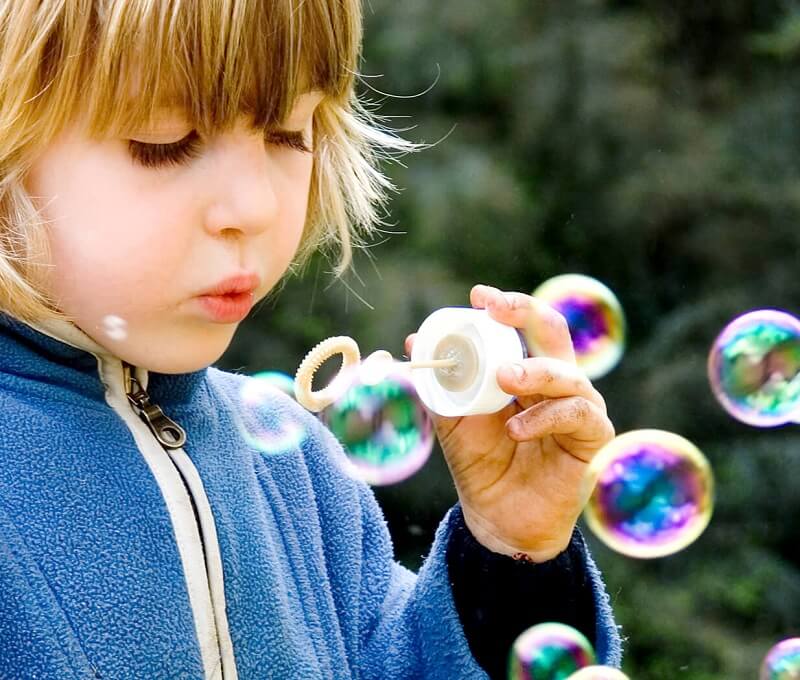
The ABC of Play Therapy
Customized playing therapy can increase a child’s self-esteem, functioning, or coping abilities and is designed to prepare the child for a healthy adulthood. Play time is also a comfortable environment for the child to uncover deep thoughts like fears and worries. Each therapy program has 4 steps:
- Engagement with the environment: The child explores the playing room and becomes comfortable with it.
- Connecting with the therapist: A friendly and trusting relationship needs to be created between therapist / parent and child.
- Therapeutic phase: This defines the time span when the child is empowered and working on their issues and concerns.
- The termination phase: After the child has overcome his or her issue, the therapist needs to detach themselves and prepare the child deal with future ones by themselves. Parents can continue guiding their children during play time whenever they feel is necessary. However, the fine balance between guided learning and preserving the child’s personality needs to be well defined and never broken.
Preparing Children for Professional Playing Therapy
Children need to be informed about the meeting with a therapist and their name as a friendly, playful event. Parents are advised to describe the environment in which the session will take place as accurately as possible and be honest, but upbeat about the event.
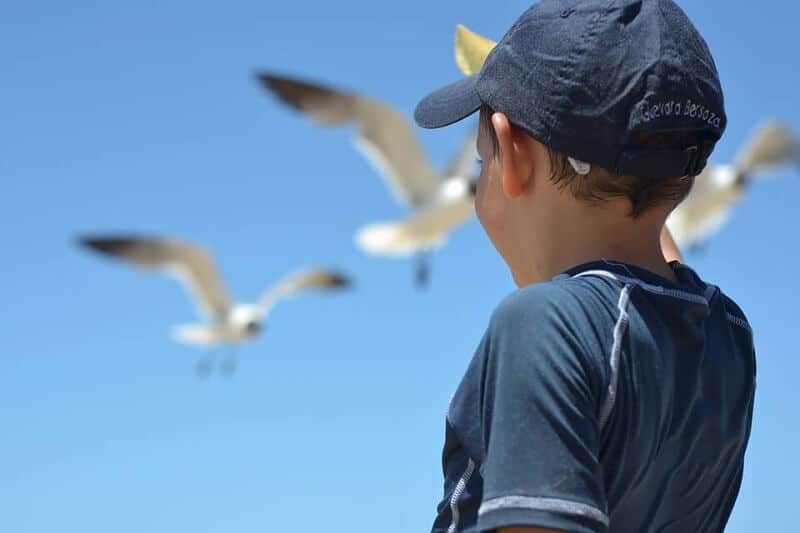
Play Therapy Techniques
A series of practices and methods have been developed over time, but every one of them can be classified into two categories: Nondirective and directive playing therapy. They are based on developmental principles and focus on choice, interpretation, and growth. Studies have shown the importance of parents and their involvement in the therapeutic process.
Discernable effects of these methods can be seen after about 30 sessions and show the best results when used as long-term home treatments by parents. The diagnosing process can last a few sessions, or can be inconclusive based solely on this method.
Professional Non-Directive Playing Therapy
Also called unstructured or child centered play therapy, this model involves allowing the child to play and disclose themselves in an optimal therapeutic environment. This encourages healthy and troubled children to work out solutions for their actual problems in a non-invasive way. Another advantage of this method is its ability to be used at any age. Nondirective play therapy activities include:
Sand playing therapy, which can be used in family therapy sessions. The therapist can observe healthy and unhealthy behavior, who tends to ally with whom, or which objects and shapes are predominant for every person.
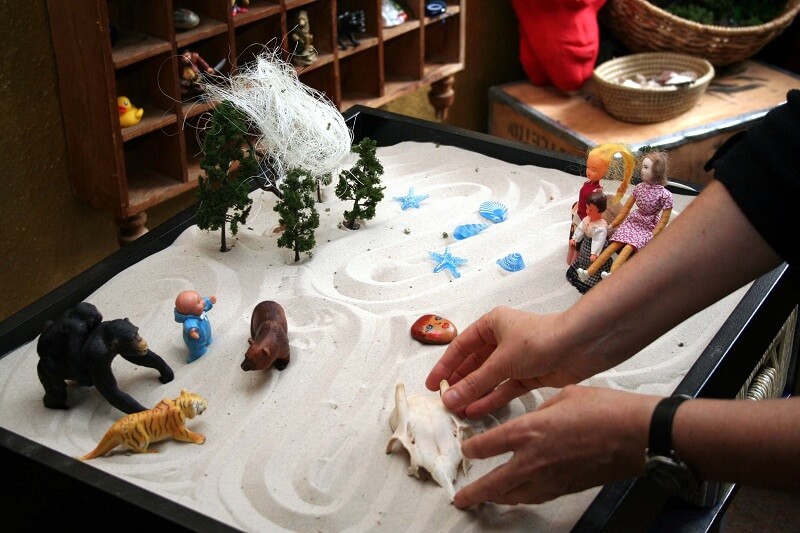
The toy therapy method is based on Freud’s theories on creative toys and orientations in children’s therapy. Nondirective playing therapy toys can include animals, dolls, puppets, cars, crayons, or watercolors. It’s used to encourage creativity and expression in children and teenagers.
Professional Directive Playing Therapy
The directive model makes the therapist responsible for guiding the child through the playing process to reach conclusions and generate results faster. This still leaves the child room to be creative but involves a more organized environment. Although this type of therapy has a lower efficacy rate than non-directive therapy, it still poses a viable alternative to other children therapy techniques.
Parent-Child Playing Therapy
A parent can create a strong bond and prepare their child for adulthood through games and playful activities.
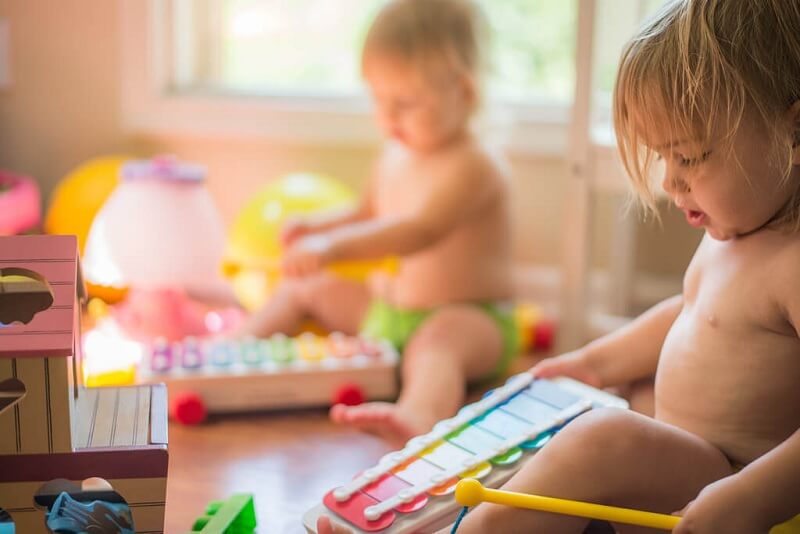
Play Therapy Toys
- Legos or other similar toys that stimulate innovation and ingenuity;
- Clay or other easily-moldable materials;
- Any material or object that can be broken apart and reconditioned.
Other Play Therapy Activities
- Role-playing games;
- Manufacturing games;
- Imitation games;
- Cooking activities;
- Magic tricks;
- Water & nature activities.
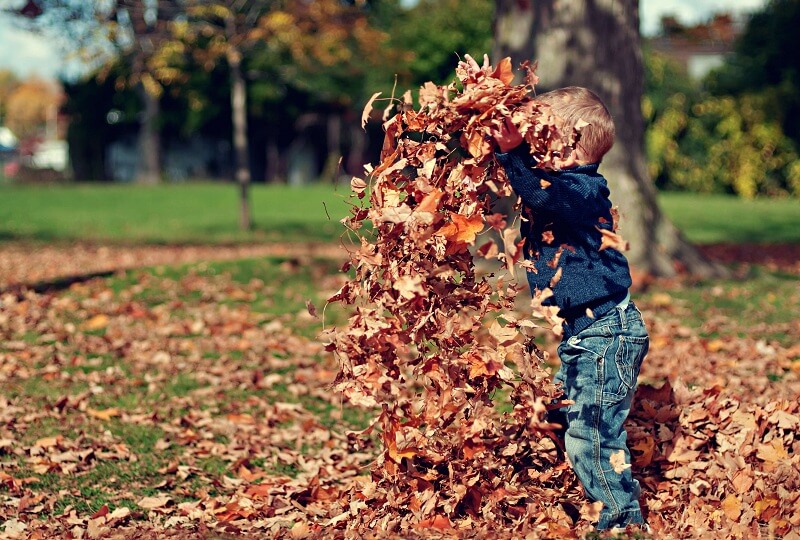
Practical Play Therapy Interventions
Here are some examples of play-like interventions parents and therapists can use:
- The boat, storm, and lighthouse assessment: The child is asked to draw a boat, a storm, and a lighthouse on a poster board discuss the events. Topics can include fear, dangers, family support, and finding solutions.
- Menu assessment: The child is asked to discuss the menu of their favorite restaurant. Then, the notion of an emotional menu is introduced and the idea that just like in a restaurant, people make choices in their day-to-day lives is discussed. These can evolve into a game about anger, fear, coping, or affection. Further parallels can be exemplified while discussing actual menus and
- Recreating memories or dreams with art: This method can involve watercolors, oil colors, clay, or any other type of manufacturing & art supply. The child can be asked to create something that is important to them, something they remember from the past or a dream with joy, fear, etc.
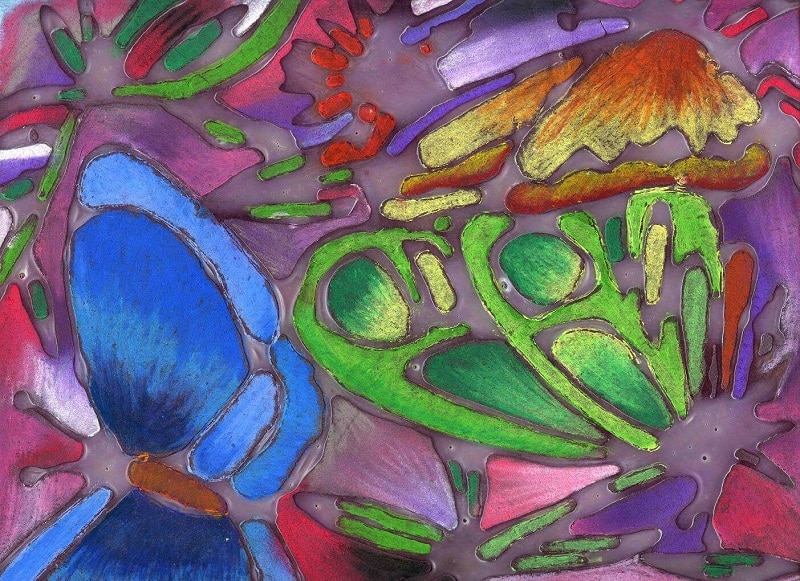
- Exploding balloons: This intervention method is recommended for children who are prone to anger and violence. The child is asked to put on safety glasses and blow their angry feelings in a balloon while thinking about certain situations. The balloon will explode and the parent or therapist will explain that the air accumulating inside the balloon and making it pop, and so do our negative emotions. A second balloon is given to the child and they are asked to again inflate it with negative emotions, then stop and talk about them. While discussing their memorable bad experiences or fears, the child is asked to slowly deflate the balloon. This encapsulates how talking about issues is healthy for their mental state.
- Exemplifying the right “vibe”: Ask the child to create a ‘Feel Good File” with craft & art supplies and create a representative design for a cover. Inside, the child should write some of their qualities, trusted people, favorite places & activities, etc. This can also be done with clay, Legos, or other manufacturing games. Their future plans and expectations can also be discussed and written down.
- Hide and seek with cards: This is a fun and multipurpose exercise that can teach children about feelings, actions, right & wrong, etc. the parent or therapist will write down key words they want to discuss with the child on pieces of paper. Then, they will hide the pieces around the room, challenge the child to find them, and talk about them for a bit.
More interventions and practices can be found in the Favorite Therapeutic Activities for Children, Adolescents, and Families: Practitioners Share Their Most Effective Interventions book listed at the end of this article, in the Scientific Resources section below.

What to Look for in a Play Therapist
To be accredited and reliable, a play therapist should have a bachelor’s and a master’s degree in child therapy, psychology, counseling, social work, or other related subjects. Specialized play therapy training involves theoretical learning and a practical adjustment period with an expert. College graduates can also apply for a play therapy certification online.
The Association for Play Therapy, the national professional society, promotes the therapeutic value of playing. This play therapy association aims to increase public’s awareness and understanding of play in education and therapy. This association conducts research and educates practice of therapy techniques to preserve and incorporate diversity in play. Another mission of the association of play therapy is to develop a solid professional environment in this medical branch.
Some Principles when Interacting with Children
Parents and therapists who interact with children should be:
- Supportive and interacting with children from the same level;
- Protective and tolerant when needed, without overindulging;
- Striving to truly know the child and help them reach their potential;
- Considerate for the child’s habits and history;
- Open towards the young human being in front of them and their understanding of the surrounding world;
- Accepting towards the child’s personality, selfhood, and will.
Generally, they need to create opportunities for children to express themselves, understand their feelings and experiences, and find solutions to their emotional or mental issues.
Scientific Resources
- Counselling Psychology Quarterly Volume 14, Issue 2, 2001 – A meta-analysis of play therapy outcomes, Michael LeBlanc & Martin Ritchie;
- Garry L. Landreth’s Play Therapy: The Art of the Relationship, Edition 3, April 27, 2012;
- Play Therapy, February 8, 2012, Virginia M. Axline book;
- Child-Centered Playing Therapy by Nina Rye, the International Encyclopedia of Rehabilitation;
- Handbook of Playing Therapy, Advances, and Innovations by Kevin J. O’Connor, October 19, 2015;
- Favorite Therapeutic Activities for Children, Adolescents, and Families: Practitioners Share Their Most Effective Interventions, edited by Lana Lowenstein, Champion Press 2011;
- Association for Play Therapy official website.
